How pediatric home care supports behavioral therapy goals
Enhancing Pediatric Behavioral Outcomes Through Home-Based Care

Transforming Child Mental Health Support with Home Care
Pediatric home care plays a crucial role in reinforcing behavioral therapy goals by providing tailored, accessible, and contextually relevant interventions. By integrating various therapeutic and support services into the child's natural environment, home care ensures more effective, continuous, and family-centered treatment. This article explores how specialized programs and evidence-based practices leverage in-home services to optimize behavioral, social, and emotional development in children.
The Role of In-Home Clinical Support in Behavioral Therapy

How do specific programs enhance behavioral therapy outcomes through home care?
Various programs improve behavioral therapy results by bringing support directly into the child's home environment. Riverside's in-home visits allow clinicians to work hands-on within the child's natural setting, fostering real-world skill development and crisis management. Therapeutic mentoring sessions offer personalized, one-on-one support that helps children build social, behavioral, and problem-solving skills, while working closely with clinical teams to ensure consistency.
Learn to Live programs enhance engagement through live clinician coaching and webinars, providing families with accessible resources to reinforce therapy strategies outside office visits. Workforce training and collaboration efforts ensure service providers are well-prepared, culturally competent, and capable of delivering effective home-based interventions. Collectively, these programs promote family involvement, improve adherence to treatment plans, and support sustained behavioral improvements.
Why is pediatric home care important in collaborating with behavioral therapy to promote mental health?
Home care for children plays a crucial role in mental health initiatives because it offers continuous, tailored support right where children spend most of their time. This setting makes interventions more relevant and effective, enabling therapists and families to work together seamlessly in the child's daily routine. Models like the Chronic Care Model and collaborative approaches demonstrate that integrating services within the home enhances communication, coordination, and treatment adherence.
Furthermore, home care reduces barriers such as transportation issues and stigma associated with visiting clinics, making services more accessible, especially for underserved populations. It encourages early intervention by normalizing mental health treatment within the family context. Overall, pediatric home care helps ensure that behavioral therapy is personalized, accessible, and deeply integrated into the child's everyday life.
How does pediatric home care support and facilitate behavioral therapy goals for children?
By providing a safe and familiar environment, pediatric home care fosters better engagement and reduces anxiety, which helps children participate more actively in therapy. Therapists and caregivers collaborate to tailor interventions that meet the child's emotional, developmental, and medical needs, ensuring that behavioral goals are reinforced consistently both during therapy and in daily routines.
Training programs such as those offered by CritiCare and Pediatric Complex Care Resource Centers empower families with practical skills in behavior management, reinforcing therapy at home. Incorporating evidence-based therapies like Cognitive-Behavioral Therapy (CBT), Exposure and Response Prevention (ERP), and Parent Management Training in the home setting allows for ongoing assessment and dynamic plan adjustments. This continuous support fosters sustained progress, family involvement, and a holistic approach to achieving behavioral goals.
What approaches support behavioral improvements in children through pediatric home care?
Effective strategies include implementing scientifically supported behavioral interventions such as Applied Behavior Analysis (ABA), especially for children with autism and behavioral challenges. Parent coaching and training are essential to equip caregivers with positive reinforcement and behavior management techniques tailored to their child's needs. Cognitive-behavioral methods are adapted for home use to address emotional and psychological issues.
Technology also plays a role; telehealth services and remote monitoring tools enable timely intervention and ongoing assessment without the need for frequent clinic visits. A multidisciplinary team approach that centers on family involvement and coordination through a medical home model ensures that all aspects of the child's health—behavioral, emotional, and developmental—are managed holistically.
What are the benefits of integrating home-based pediatric services with behavioral therapy?
Combining pediatric home services with behavioral therapy yields many advantages. Intervention plans become highly personalized, targeting each child's specific behaviors and needs within a familiar, less intimidating setting. This environment encourages children to practice skills in real-life contexts, promoting better generalization and sustainability of progress.
Home-based care also fosters active parent and caregiver participation, which strengthens consistency and increases the likelihood of positive outcomes. Real-time observations by providers enable immediate adjustments and tailored support, and flexible scheduling ensures that children receive help when needed most. Overall, this integrated approach enhances emotional, social, and behavioral development, empowering families and promoting long-term well-being.
Collaborative and Family-Centered Care Strategies

How does pediatric home care support and facilitate behavioral therapy goals for children?
Pediatric home care plays a crucial role in supporting and advancing behavioral therapy objectives for children by providing a safe, familiar environment that helps reduce anxiety and boosts trust. When children feel comfortable in their own surroundings, they are more receptive to therapy and learning new skills. Care teams, including therapists and caregivers, work together closely to develop personalized strategies that align with the child’s emotional, developmental, and medical needs. These strategies are reinforced consistently both during in-home therapy sessions and through daily routines, making behavioral goals more attainable.
Programs like CritiCare and Pediatric Complex Care Resource Centers empower families through training and resources, enabling them to support ongoing behavioral interventions effectively. The integration of evidence-based therapies such as Cognitive Behavioral Therapy (CBT), Exposure and Response Prevention (ERP), and Parent Management Training is often tailored to the child's home setting and delivered virtually when needed. This continuous, adaptive support fosters better outcomes by ensuring that therapy is relevant, timely, and consistent.
In summary, pediatric home care creates a supportive framework that enhances family involvement, maintains consistency in behavioral interventions, and promotes holistic progress toward therapy goals.
Maximizing Children's Well-Being Through Comprehensive Home Care
Pediatric home care is a pivotal component in achieving successful behavioral therapy outcomes by providing personalized, accessible, and integrated support tailored to each child's needs. It fosters a collaborative environment where families, clinicians, and behavioral specialists work harmoniously within the child's natural setting. The evolution of evidence-based approaches, coupled with innovative programs and technologies, enhances the capacity of home care to promote emotional resilience, social competencies, and overall mental health. As a result, children experience more consistent, effective, and meaningful progress towards their behavioral goals, ultimately fostering healthier, more confident, and well-adjusted young individuals.
References
- Home-Based Services - Riverside Community Care
- Children's Behavioral Health Initiative
- Treating Children's Mental Health with Therapy - CDC
- The Integration of Behavioral Health Interventions in Children's ...
- [PDF] IN-HOME THERAPY - Mass.gov
- Home Health Care of Children, Adolescents and Young Adults With ...
- At-Home Pediatric Care: Managing Children with Special Needs

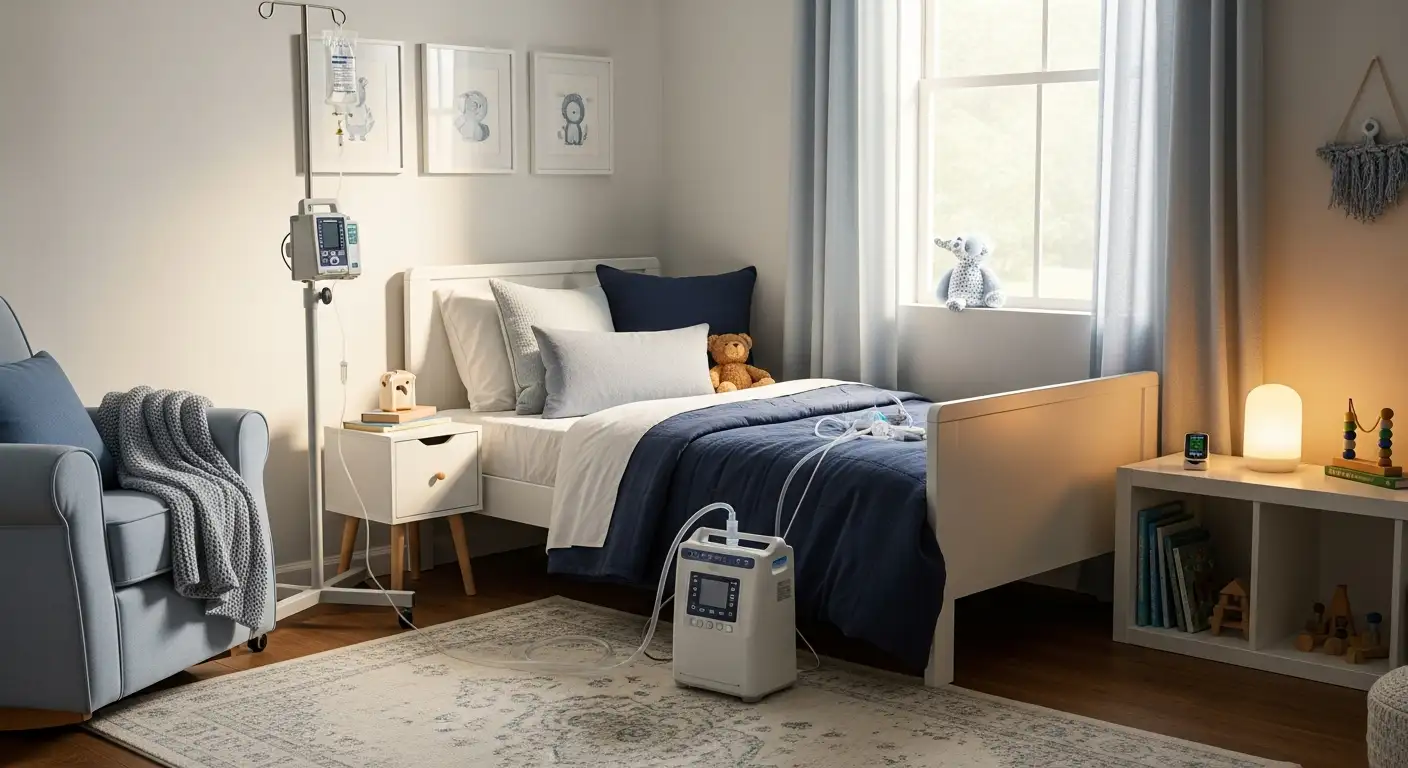
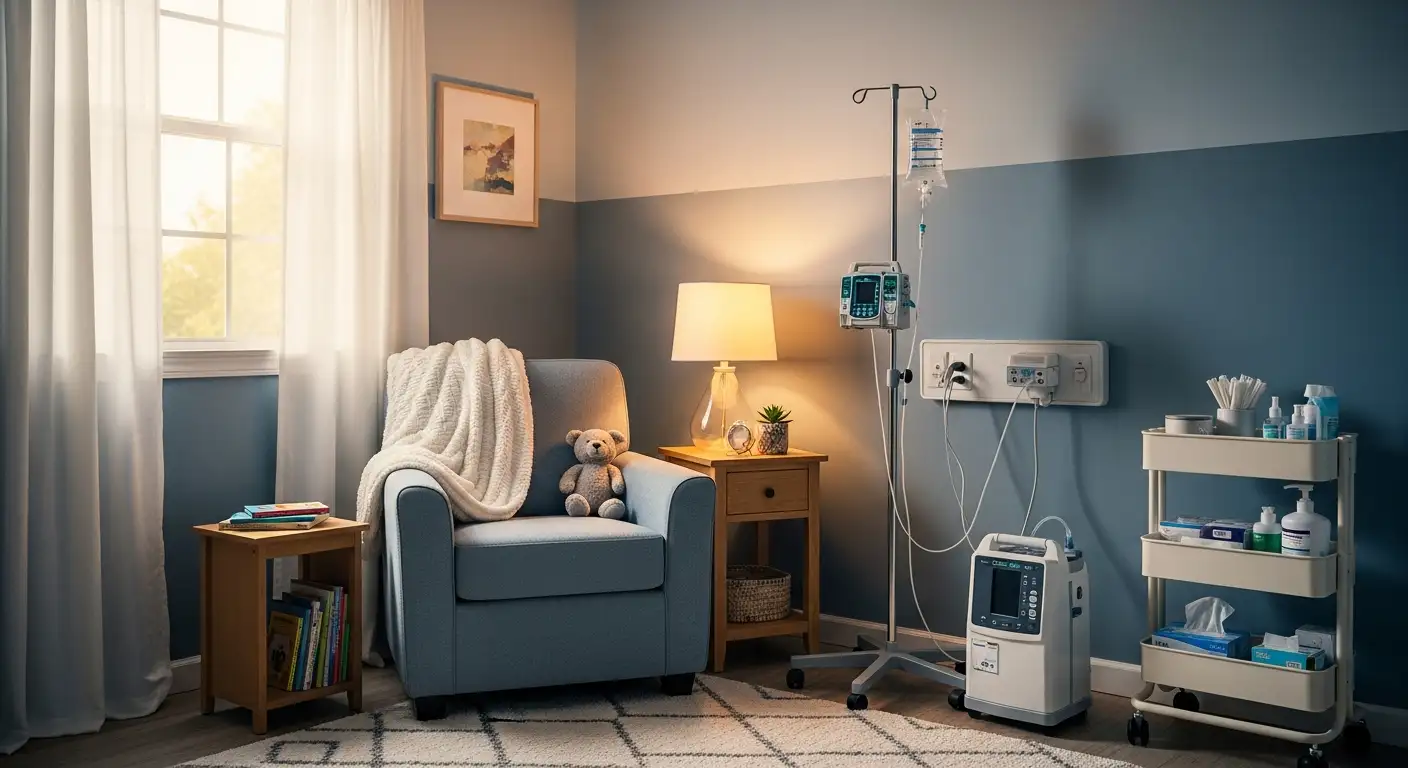
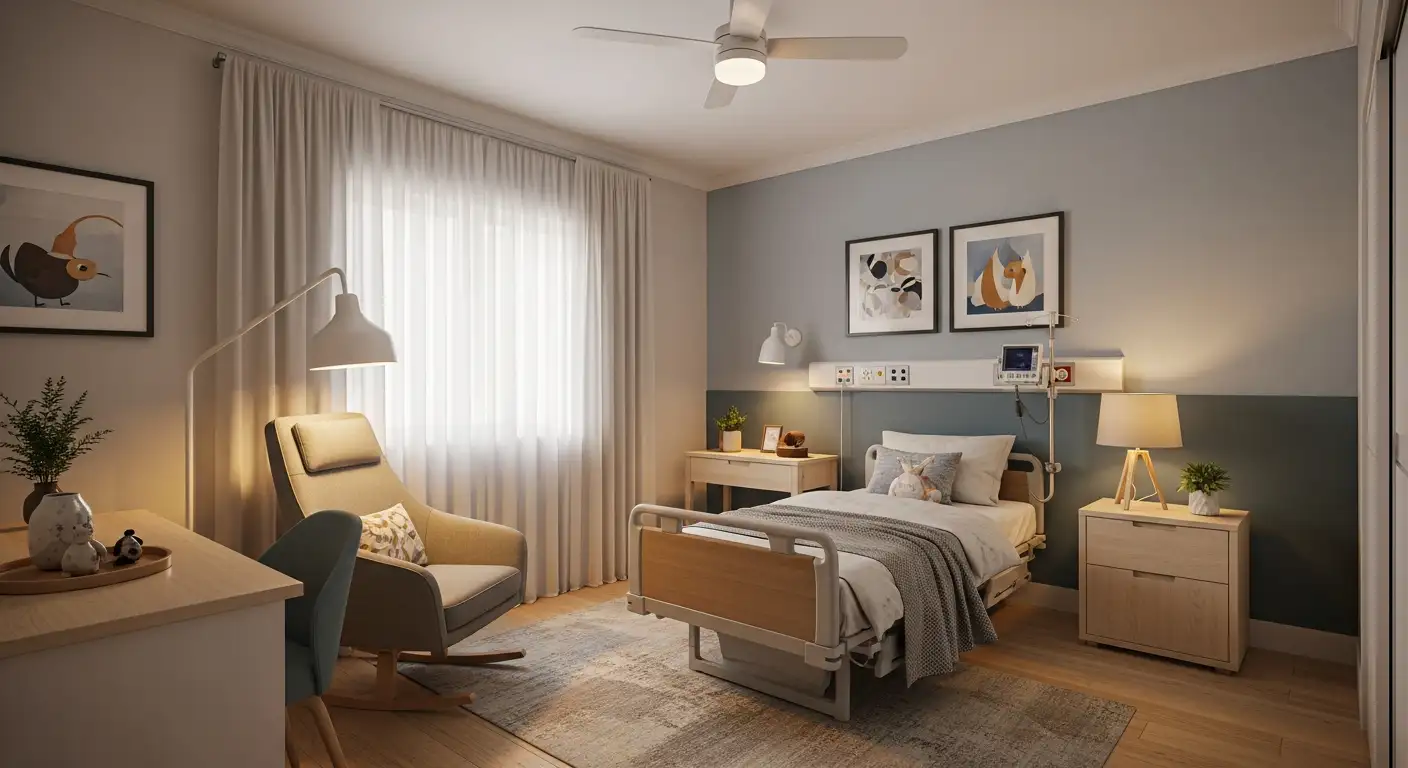
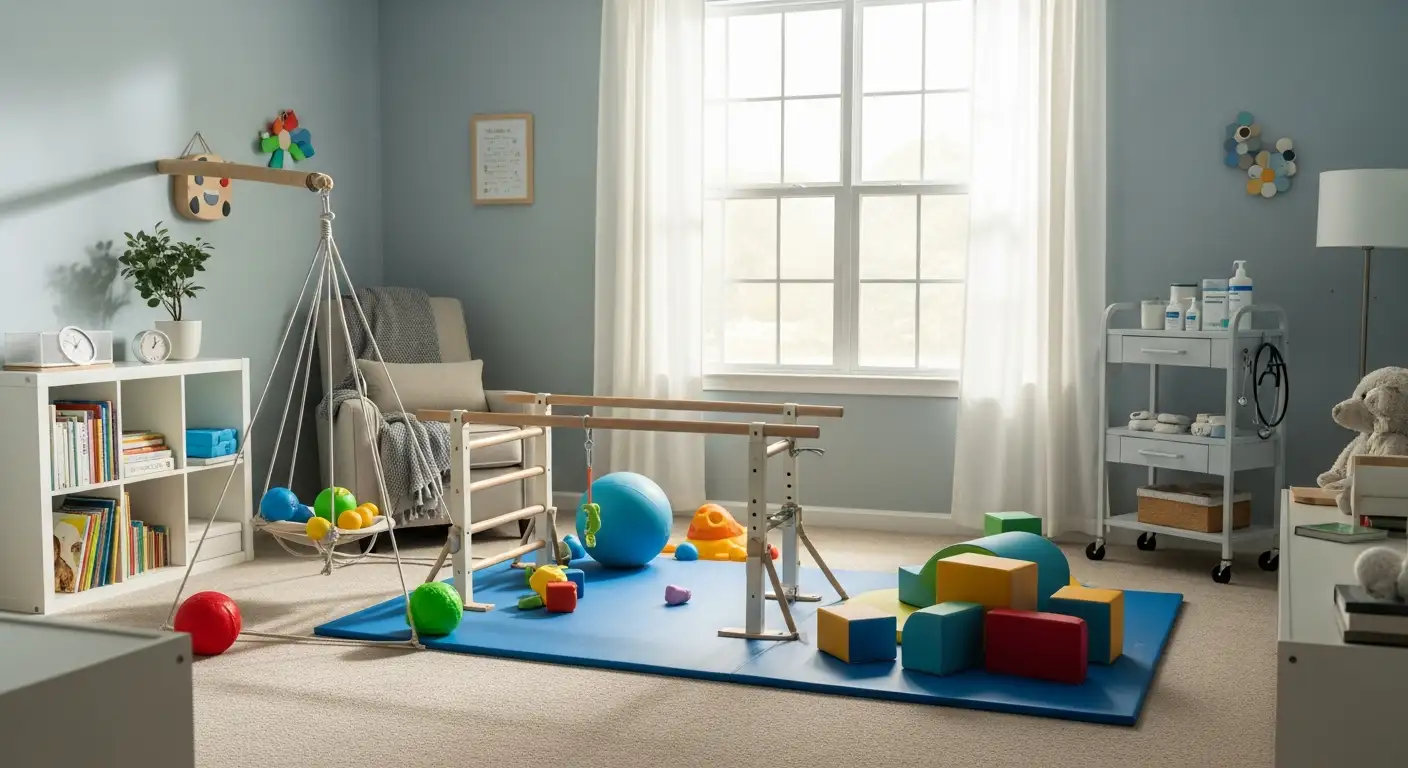
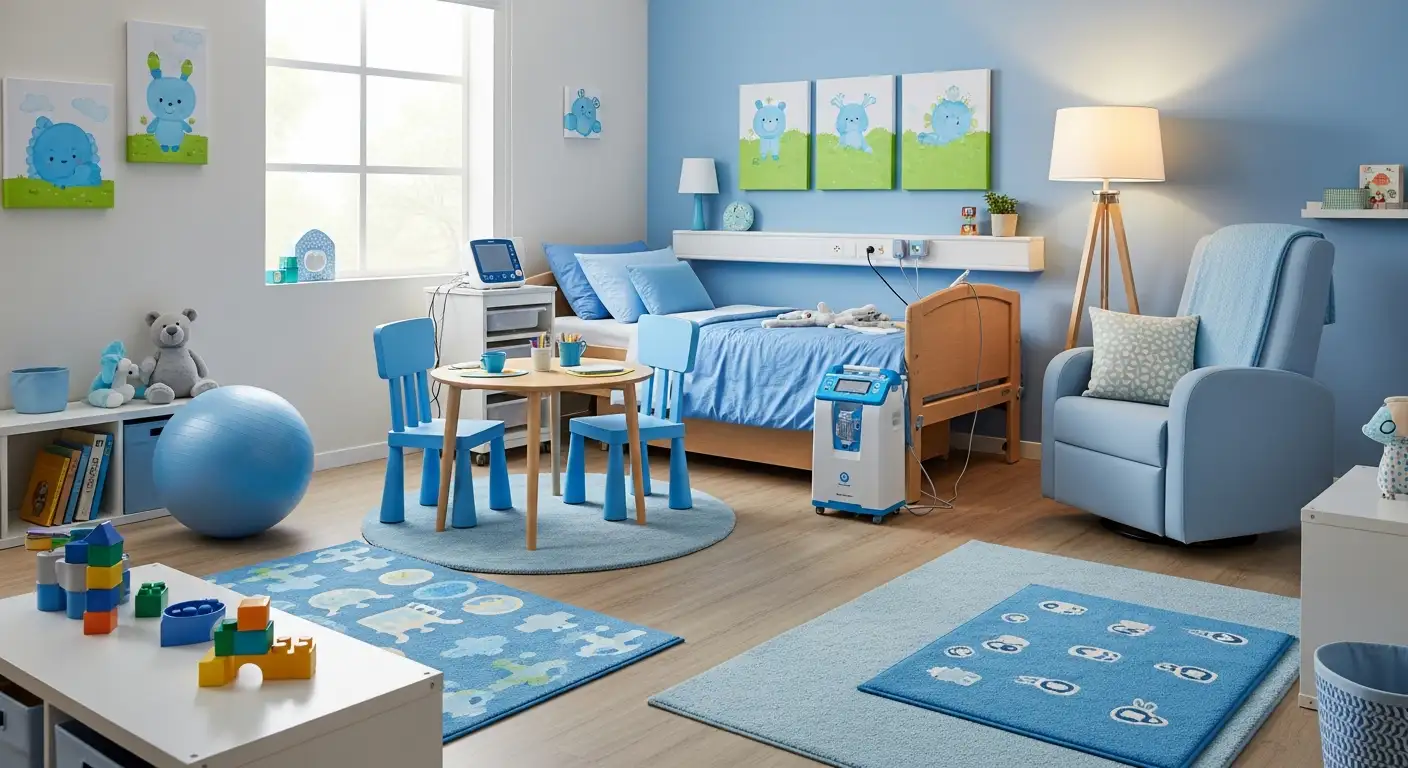
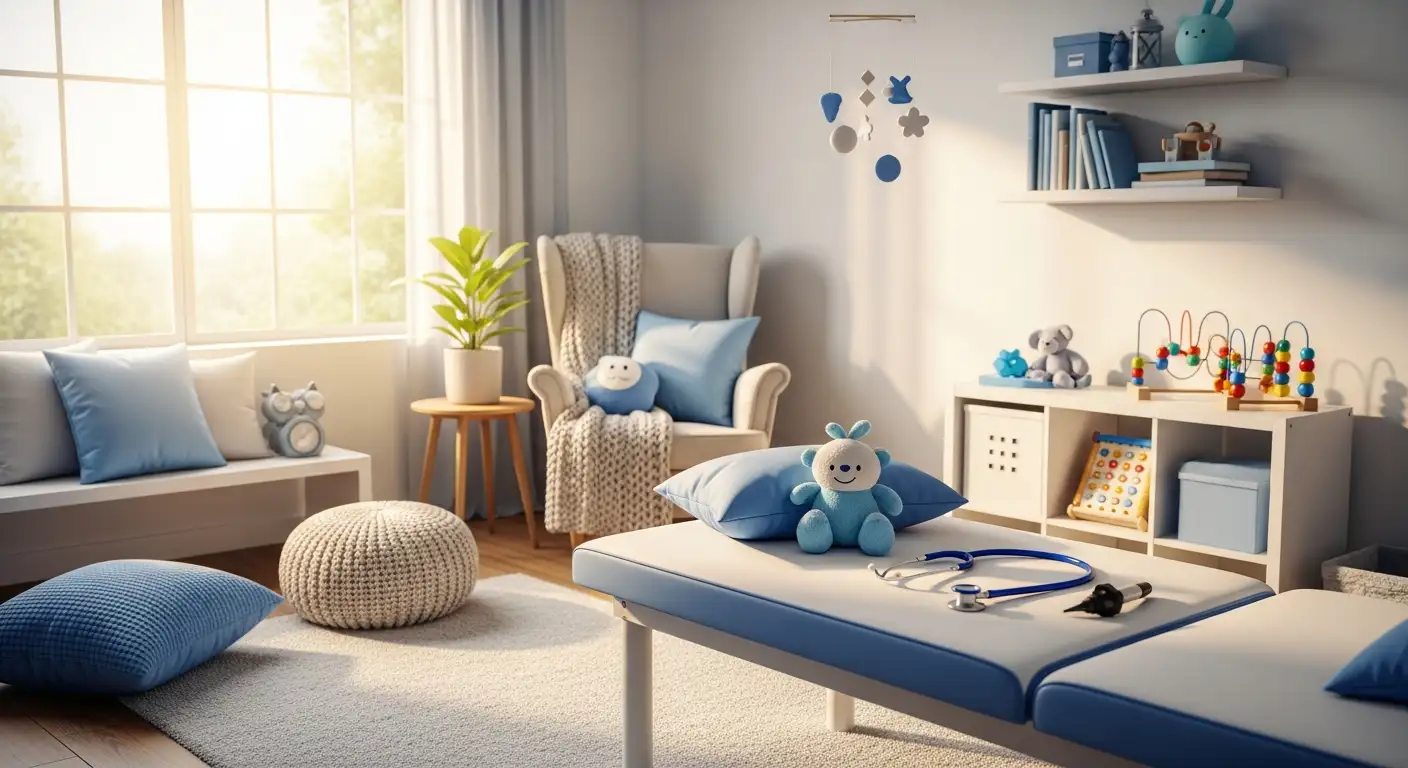
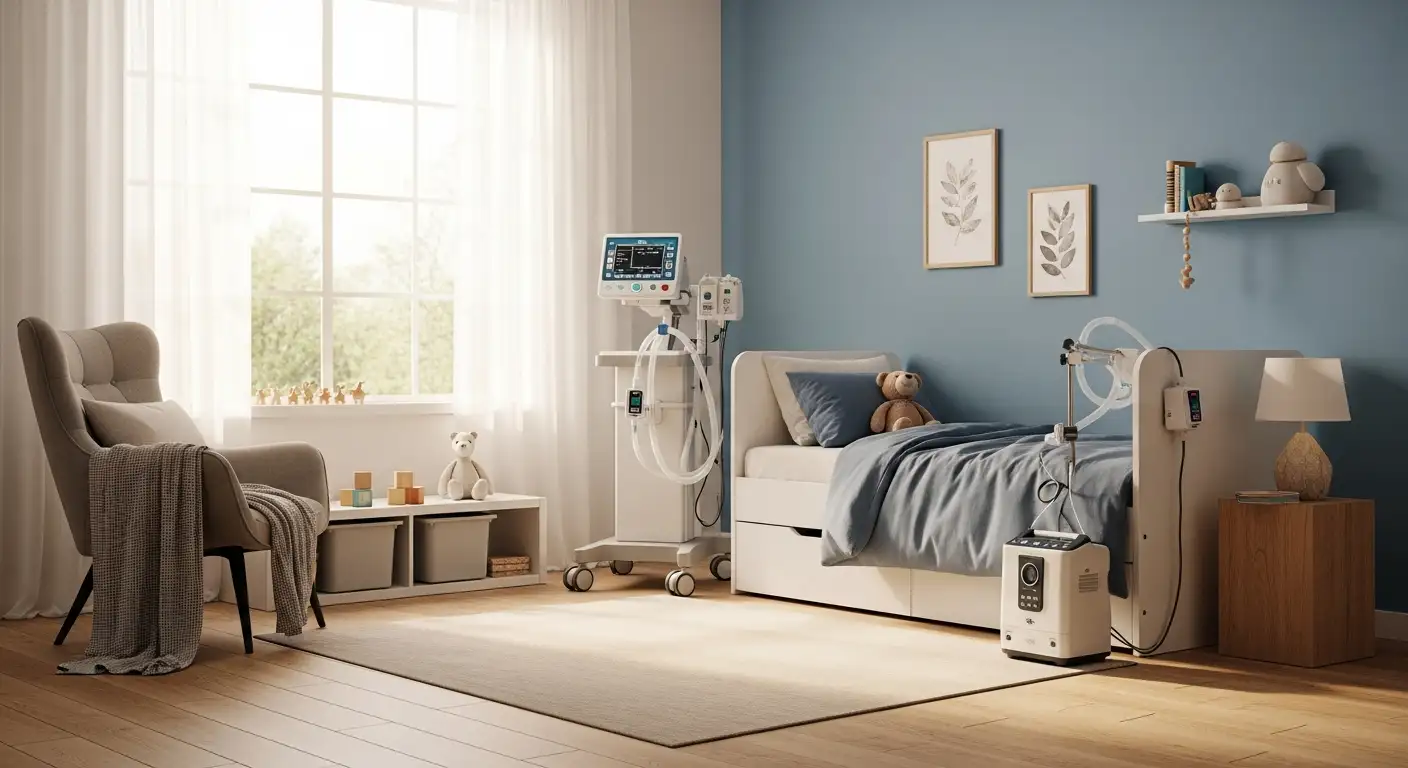
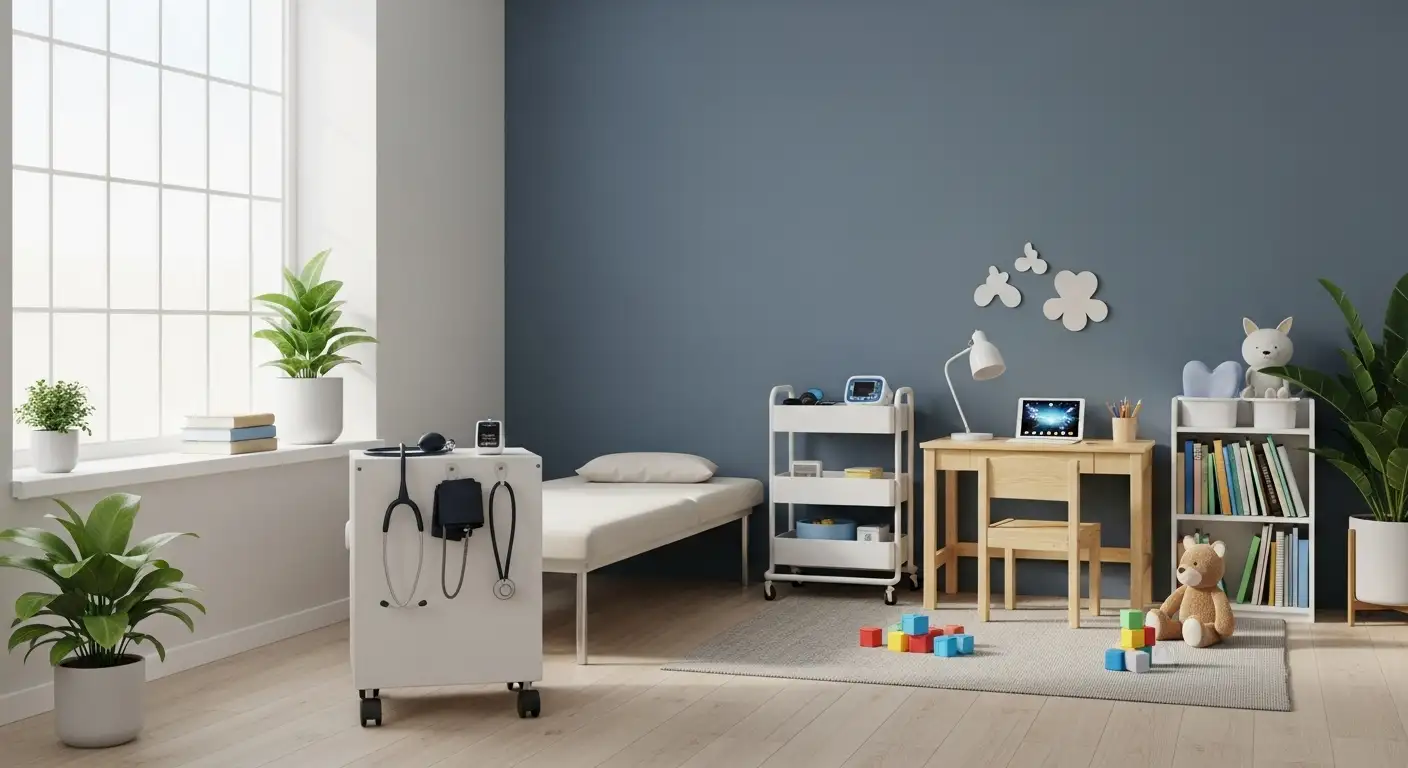
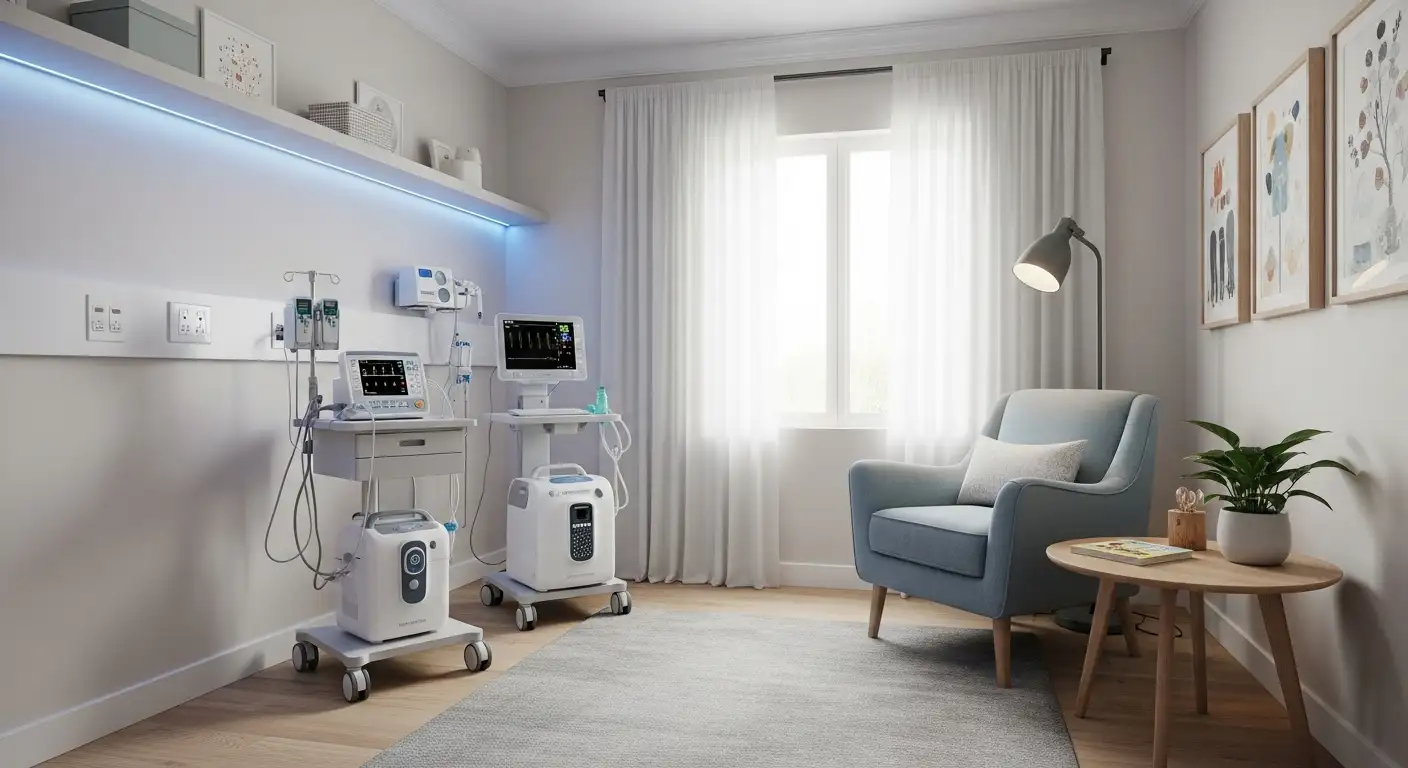
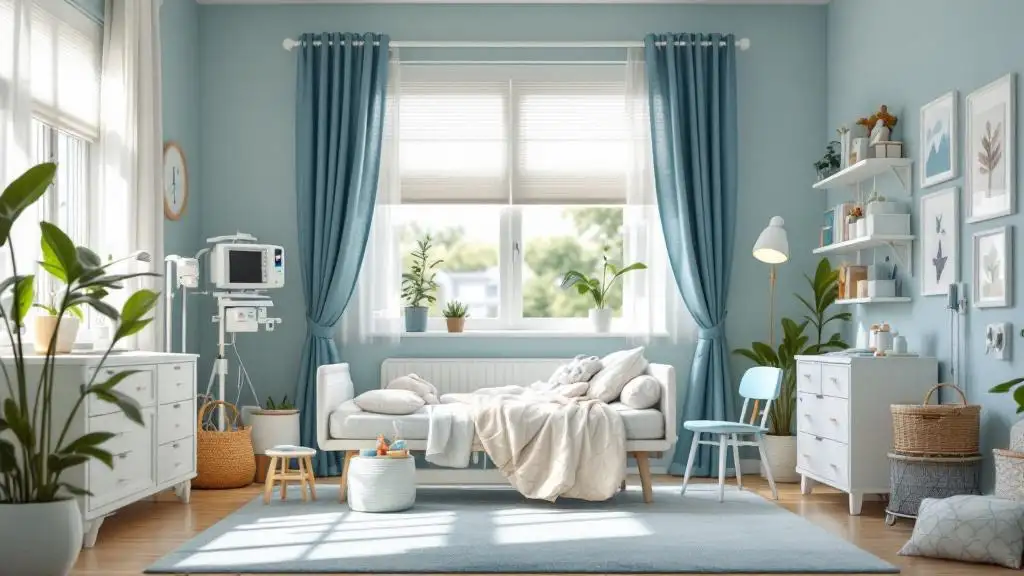

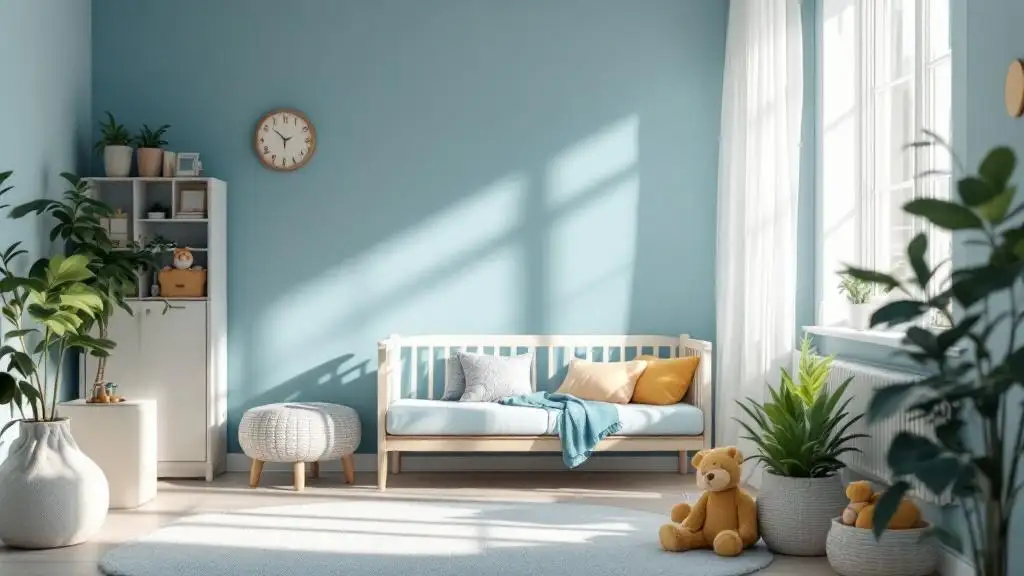










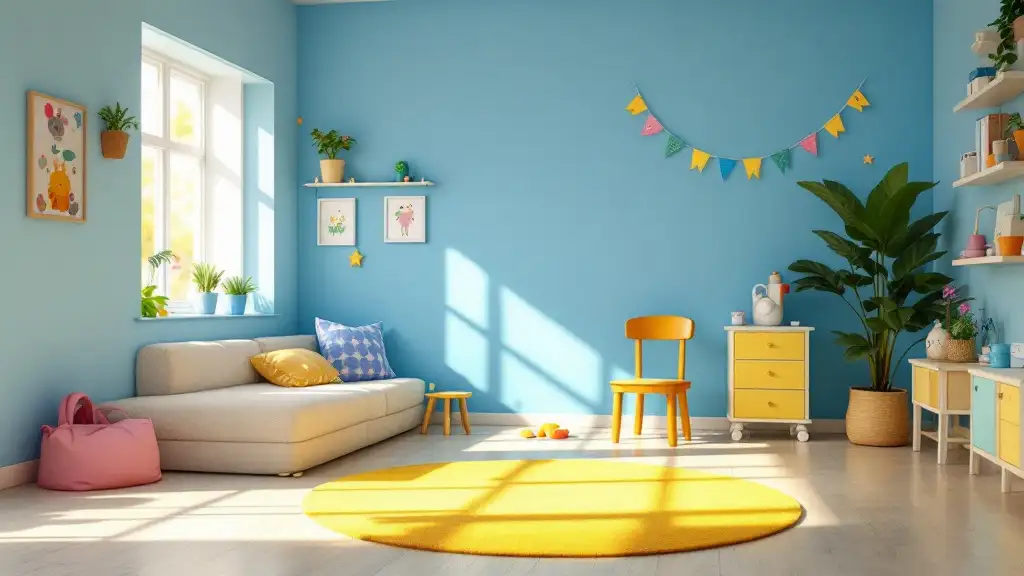




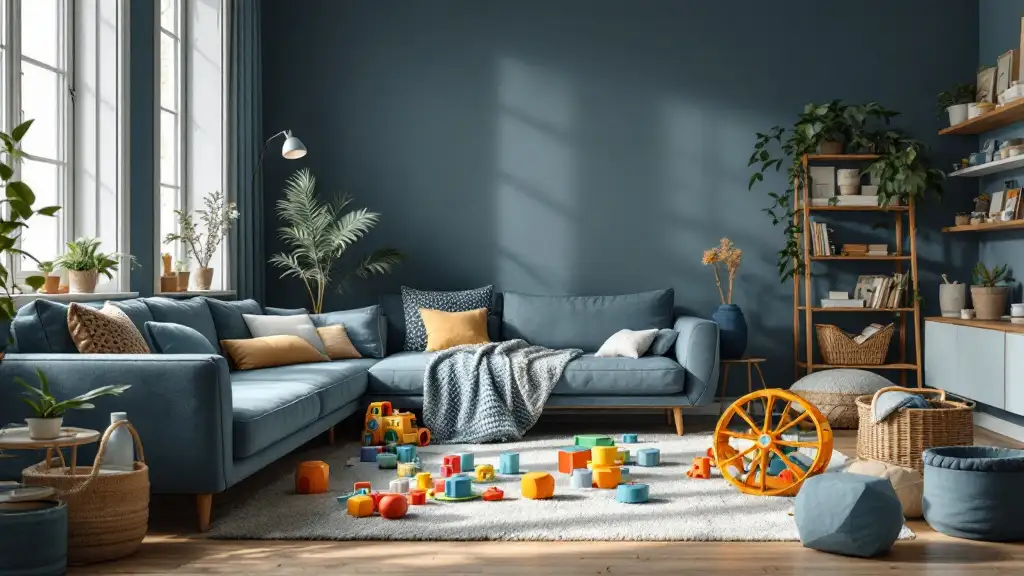
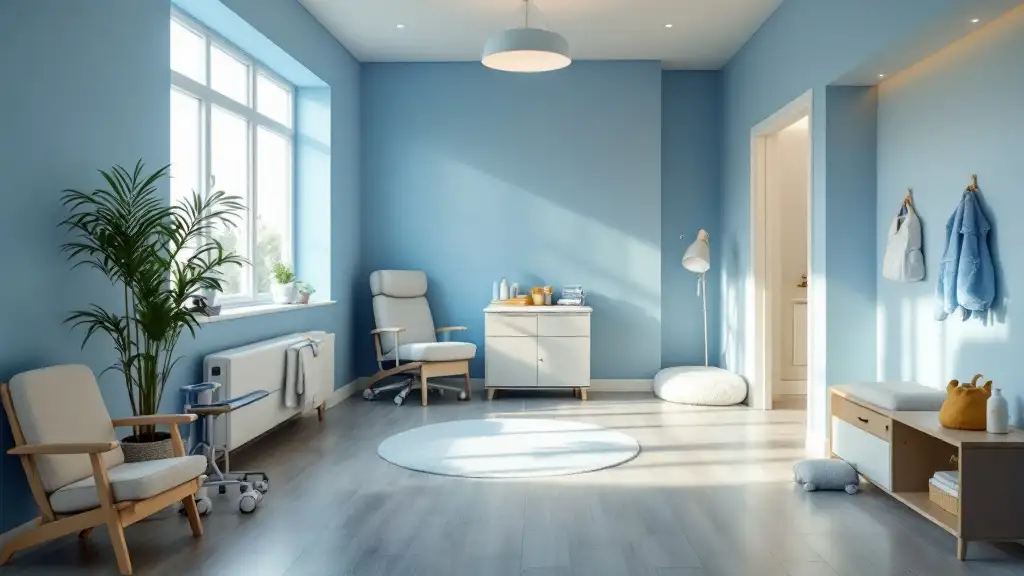

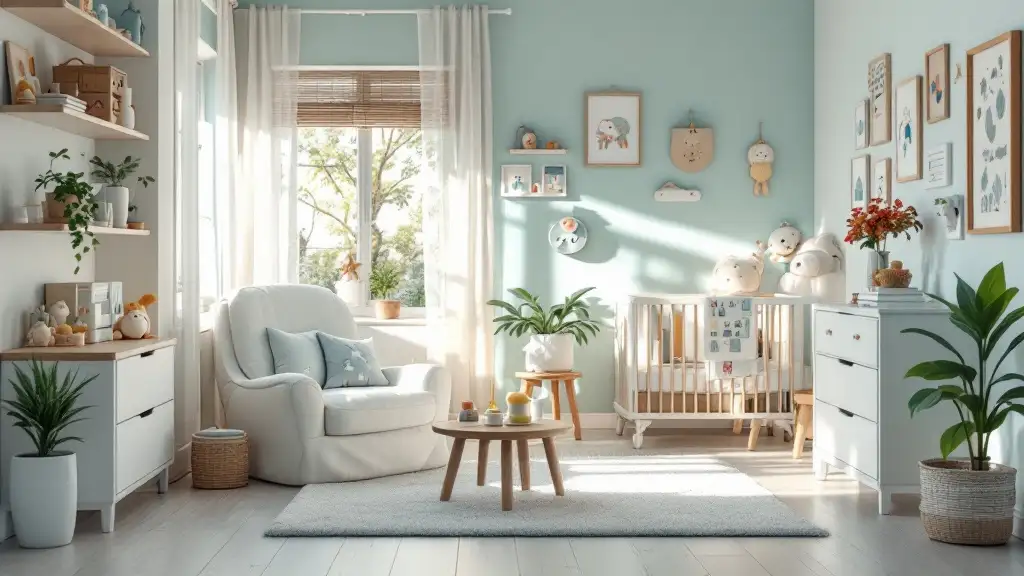
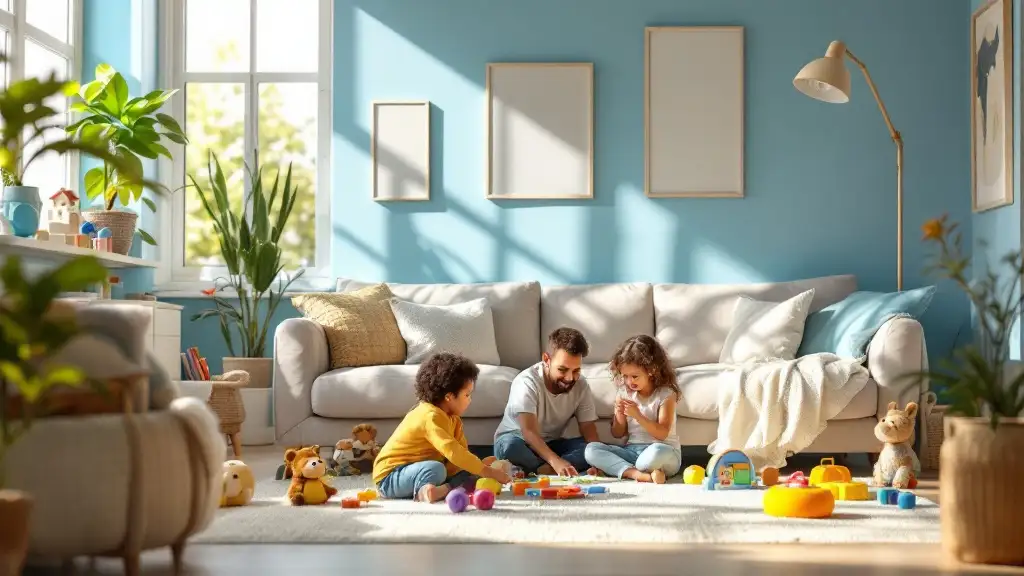












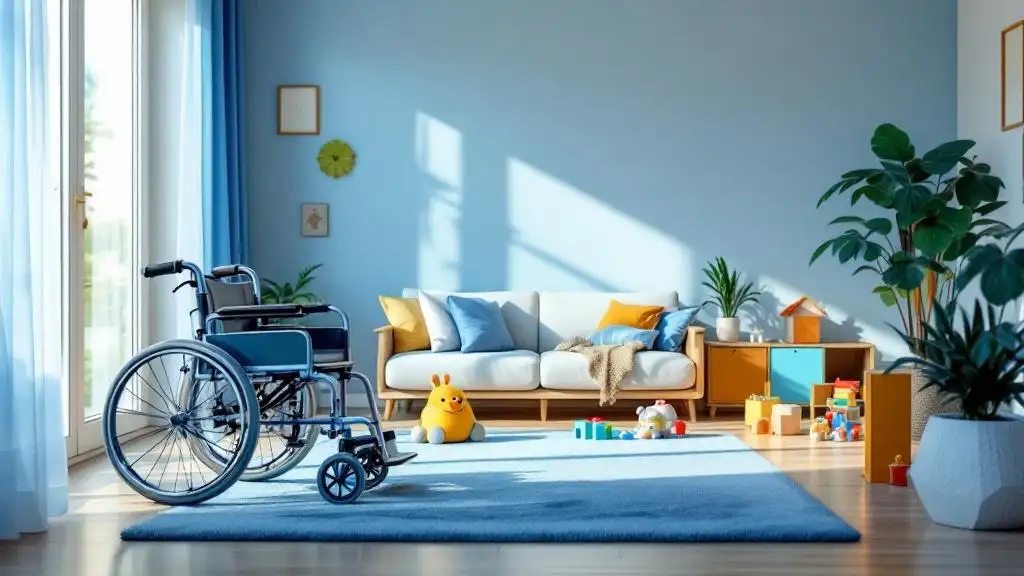













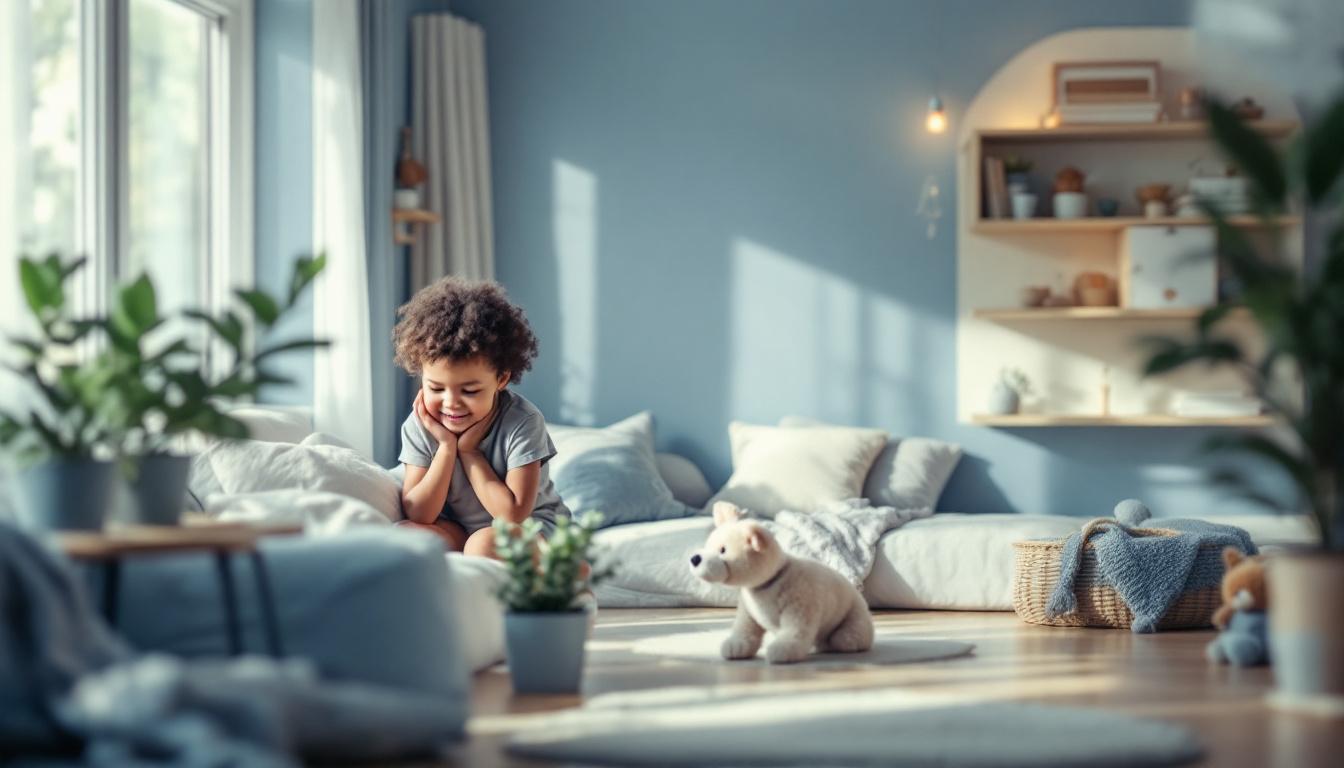

































.avif)



